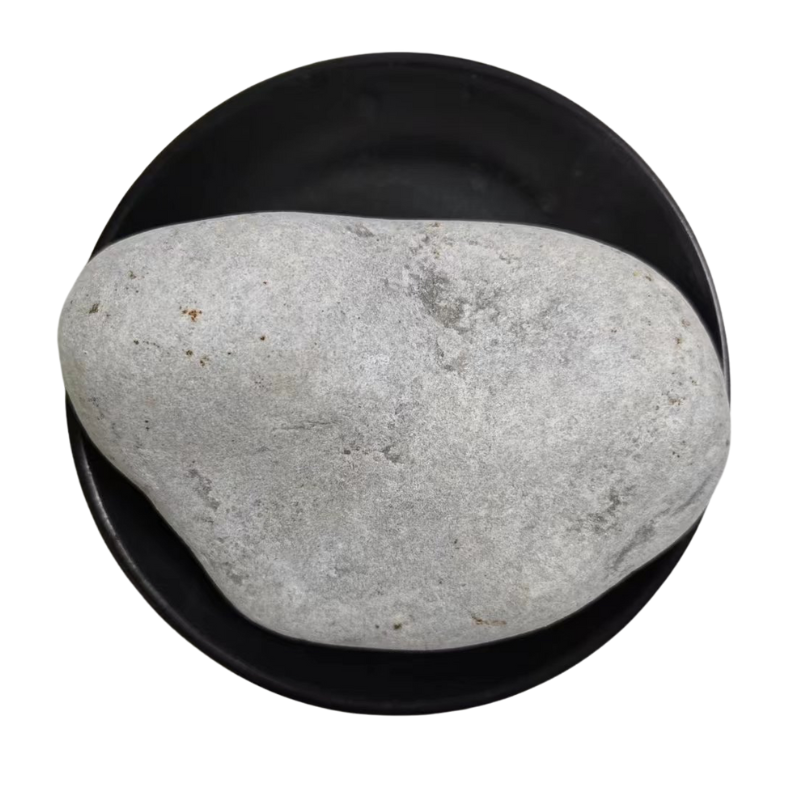
microsilica silica fume powder
Understanding Microsilica The Benefits of Silica Fume Powder in Construction
Microsilica, commonly known as silica fume or silica dust, is a byproduct of the production of silicon metal or ferrosilicon alloys. It is composed primarily of amorphous silicon dioxide (SiO2) and consists of very fine particles that are typically less than 1 micron in diameter. The unique properties of microsilica make it an invaluable additive in the construction industry, particularly in concrete applications.
Understanding Microsilica The Benefits of Silica Fume Powder in Construction
Moreover, the inclusion of microsilica in concrete can significantly increase its compressive strength. Studies have shown that concrete mixtures containing silica fume can achieve compressive strengths that are 20-30% higher than standard concrete. This strength enhancement is attributable not only to the pozzolanic activity of microsilica but also to the formation of a denser, more cohesive matrix. The increased strength allows for more extensive design possibilities and can lead to the reduction of material usage, contributing to more sustainable construction practices.
microsilica silica fume powder

Another crucial aspect of microsilica is its ability to reduce the heat of hydration in concrete. As concrete sets and hydrates, it generates heat. In large structures, this can lead to thermal cracking as the outer layers cool faster than the inner core. By adding microsilica, the heat generated during hydration is lowered, helping to mitigate the risk of thermal stress and cracking. This is especially important in massive structures, such as dams or large foundation elements.
In addition to its mechanical properties, microsilica also contributes to the aesthetic quality of concrete. The improved particle packing and reduced water-to-cement ratio enhance the surface finish of concrete. Incorporating microsilica can lead to smoother surfaces, reducing the occurrence of shrinkage cracks. This not only aids in meeting the visual expectations of architects and designers but also enhances the longevity and durability of the concrete surface.
While the advantages of using microsilica in concrete are clear, it is essential to handle and utilize this material correctly. Due to the fine particle size of microsilica, it can create dust that may pose health risks if inhaled. Therefore, proper safety precautions, including dust control measures and appropriate personal protective equipment (PPE), should be implemented during mixing and handling. It is also important for construction professionals to follow the recommended guidelines for dosage to achieve the desired performance characteristics without compromising workability.
In conclusion, microsilica, or silica fume powder, is a powerful additive that significantly enhances the strength, durability, and sustainability of concrete. Its unique properties lead to improved performance in various applications, making it an essential material in modern construction practices. As the industry continues to focus on sustainability and resilience, the role of microsilica is likely to grow, helping to shape the future of concrete technology. The adoption of microsilica not only meets the increasing demands for structural integrity but also aligns with the broader goals of environmental responsibility in construction projects.
Share
-
Natural Premium Bentonite Cat Litter - Superior ClumpingNewsJul.31,2025
-
Premium Resin Coated Sand - High Heat Resistance CastingNewsJul.31,2025
-
High Quality Silicon Carbide Grit for Abrasive ApplicationsNewsJul.30,2025
-
High-Quality Ceramsite for Plants & Gardening | Lightweight PebblesNewsJul.29,2025
-
Premium Burgundy Glass Marbles for Vases & Shooter GamesNewsJul.29,2025
-
High Purity Quartz Sand for Industrial and Ground ApplicationsNewsJul.29,2025






